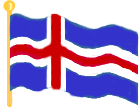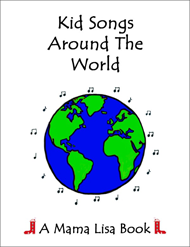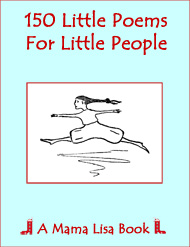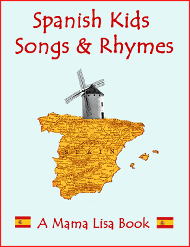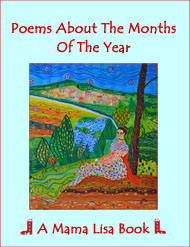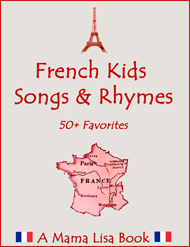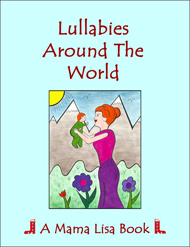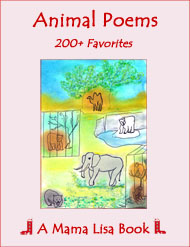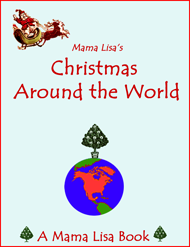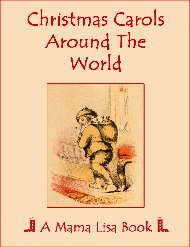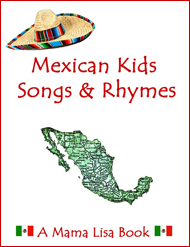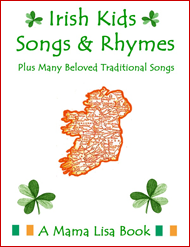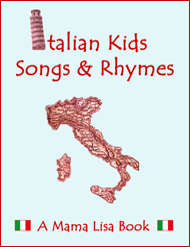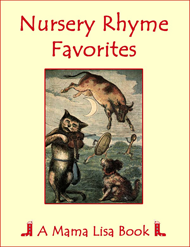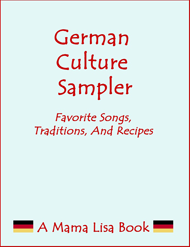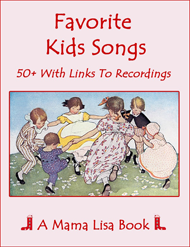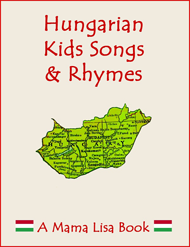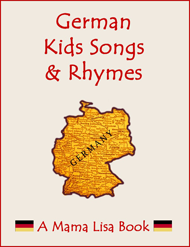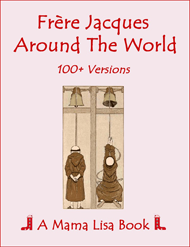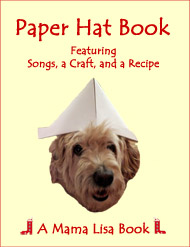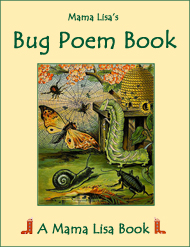Sofðu unga ástin mín
This lullaby was written in 1911. It's still sung by parents today.
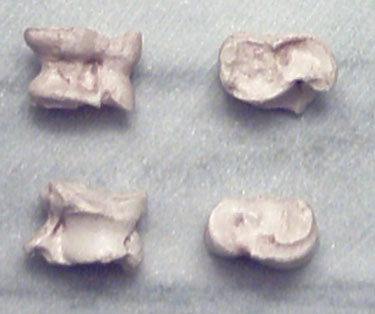
Sofðu unga ástin mín
Sleep My Little Love
Lullaby
Lullaby
(Icelandic)
(English)
Sofðu unga ástin mín.
Úti regnið grætur.
Mamma geymir gullin þín,
gamla leggi og völuskrín.
Við skulum ekki vaka um dimmar nætur.
Það er margt sem myrkrið veit,
minn er hugur þungur.
Oft ég svarta sandinn leit
svíða grænan engireit.
Í jöklinum hljóða dauðadjúpar sprungur.
Sofðu lengi, sofðu rótt,
seint mun best að vakna.
Mæðan kenna mun þér fljótt,
meðan hallar degi skjótt,
að mennirnir elska, missa, gráta og sakna.
Sleep my little love,
Outside the rain is weeping.
Mommy keeps watch over your gold,
Old leg bones and a little treasure chest.*
Let's not stay awake through dark nights.
There is much that darkness knows,
My mind is heavy.
Often I've seen the black sand
Scorching green meadows.
In the glacier rumbles deadly-deep cracks.
Sleep long, sleep tight,
It's best to wake up late.
Hardship will teach you soon,
While the day becomes night,
That the people love, lose, cry and mourn.
Notes
*This refers to the sheep bones that were used as toys and were called "leggur og skel" ("calf bone and seashell"). The chest is the box that held the bones and is called a "völuskrín". The bones represented animals for playing "farm". The sheep bones were used as follows:
Calf bones represented horses.
Jaw bones represented cows
(Though one site says jaws represented horses)
Horns represented sheep
Seashells were used for dogs.
The ankle bone was also used for fortune-telling. The person would shake around the ankle bone in the palm like a die and put up to the cheek while reciting the following:
Spávala mín, ég spyr þig að,
ég skal þig með gullinu gleðja
og silfrinu seðja
ef þú segir mér satt.
En í eldinum brenna
ef þú skrökvar að mér.
Translation:
My bone of fortune, I ask you,
I'll make you happy with gold
And will gratify you with silver
If you tell me the truth.
But in the fire you'll burn
If you tell me lies.
Then they ask a yes/no question and throw the bone onto a flat surface. If the hump of the bone is up, the answer is yes. If the hollow part of the bone is up the answer is no. If it landed on its side then the answer was unknown.
Written by Jóhann Sigurjónsson (1880-1919) for a play he wrote about the famous outlaw Fjalla-Eyvindur in 1911. You can read the sad story about the play here.

Thanks!
Thanks!
Thanks!
Thanks and Acknowledgements
Image: Wikipedia


